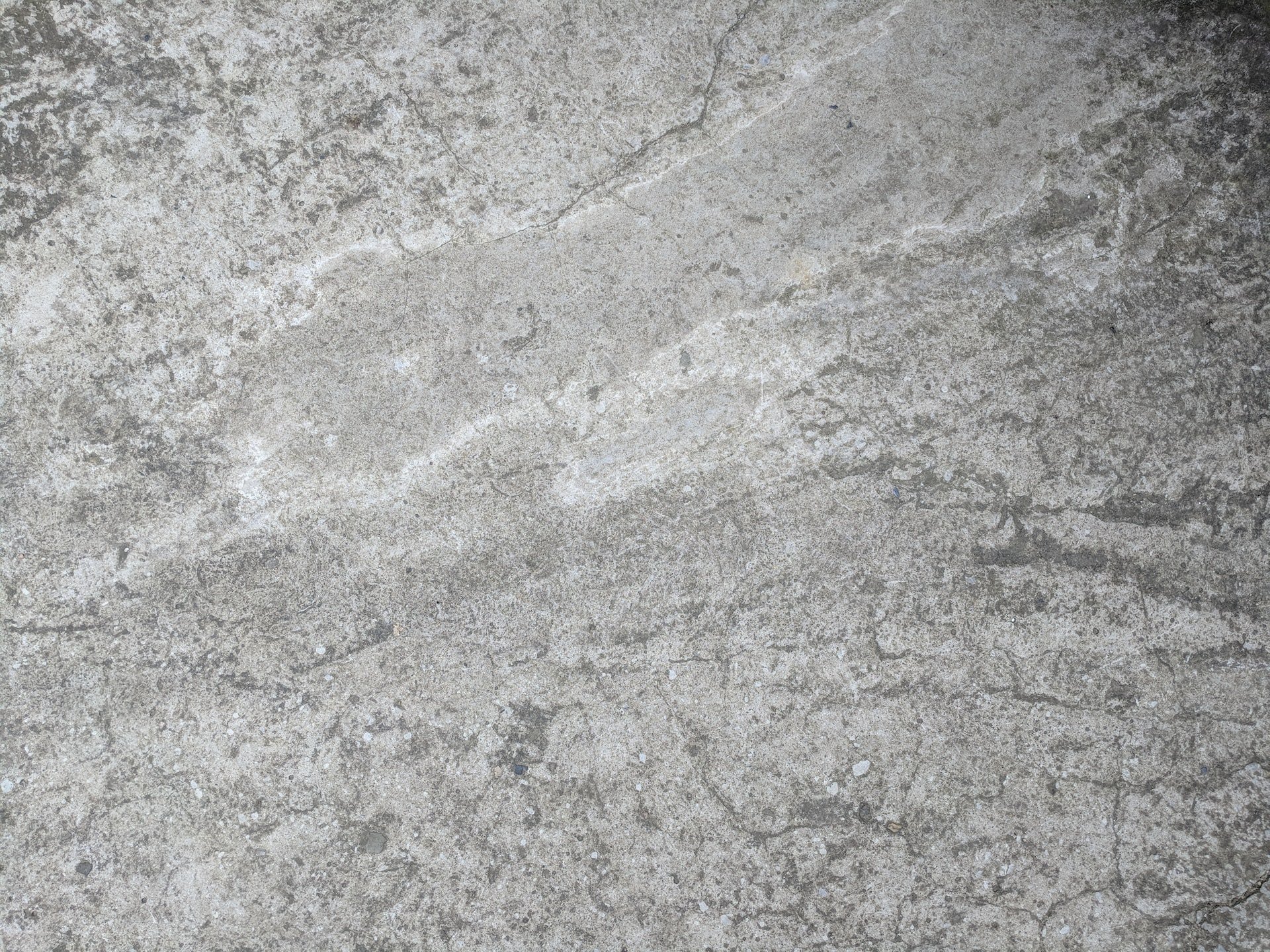
Water Jet Cutting
Water Jet Cutting
Here at Avon Waterjet, we use a 5 Axis water jet cutter from Italy which uses a super-high pressured stream of water accompanied by an abrasive grit to cut into material.
Traditional methods such as cropping or welding destroy the structural integrity of a material. Similiarly, by using processes which involve heat, such as plasma or lazer, structural changes can still occur.
A major advantage to using an abrasive water jet is the fact that the process is cold, which eliminates these problems.
What can a water jet cut?
Abrasive water jets using standard parameters can cut materials with hardness up to, and slightly beyond, aluminium oxide ceramic. As it is an erosion process, the range of materials that can be water jet cut is vast, including granite, marble, limestone, slate, dekton, sintered stone, ceramic, glass, metals, wood, plastic and carbon fiber.
We offer a cutting service for materials supplied by our customers up to a maximum length of 3.2m, width of 2m and depth of 200mm. Please note that with thicker materials, the level of cut quality may be compromised.
-

Metals
Abrasive water jet cutting is a very effective method of cutting metals, whether it be a lightweight but strong metal such as aluminium, or an expensive metal such as titanium.
Copper is a metal that is impossible to cut on a laser machine due to the reflection is causes, yet an abrasive jet does not have this problem due to the use of water.
The jet also gives us the capability of cutting in to steel after it has been hardened (with the duration not that much different as if it were not hardened).
-

Glass
Cutting glass can be a delicate process for many reasons, yet the water jet has the ability to cut holes and cut stained glass without a problem.
The power of an abrasive water jet has the ability to cut through bulletproof glass which is capable of reflecting a hit from a 50 calibre bullet!
-

Stone and Ceramic
Traditional methods of cutting stone and tile usually involved using a range of different tools, causing a longer wait for the finished product.
The water jet has sped up this process due to the fact that it does not have to change tools. As the method does not produce any heat, the stone or ceramic material can maintain its original strength and appearance.
The abilities of the water jet allow for intricate designs to be cut into stones as hard as granite at high speed.

